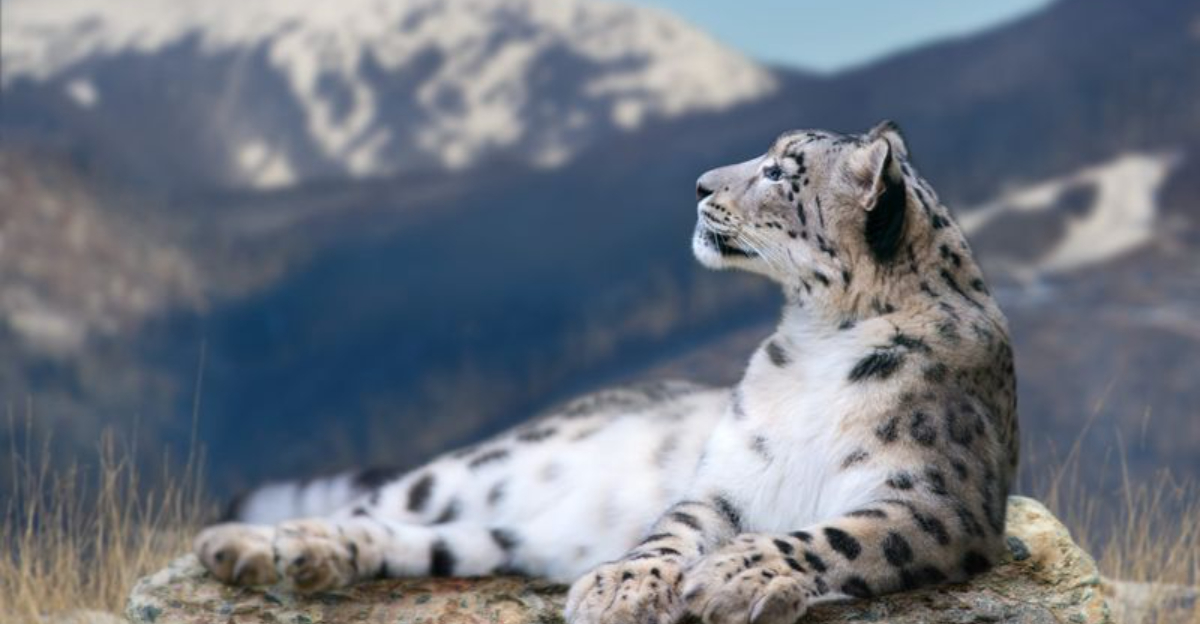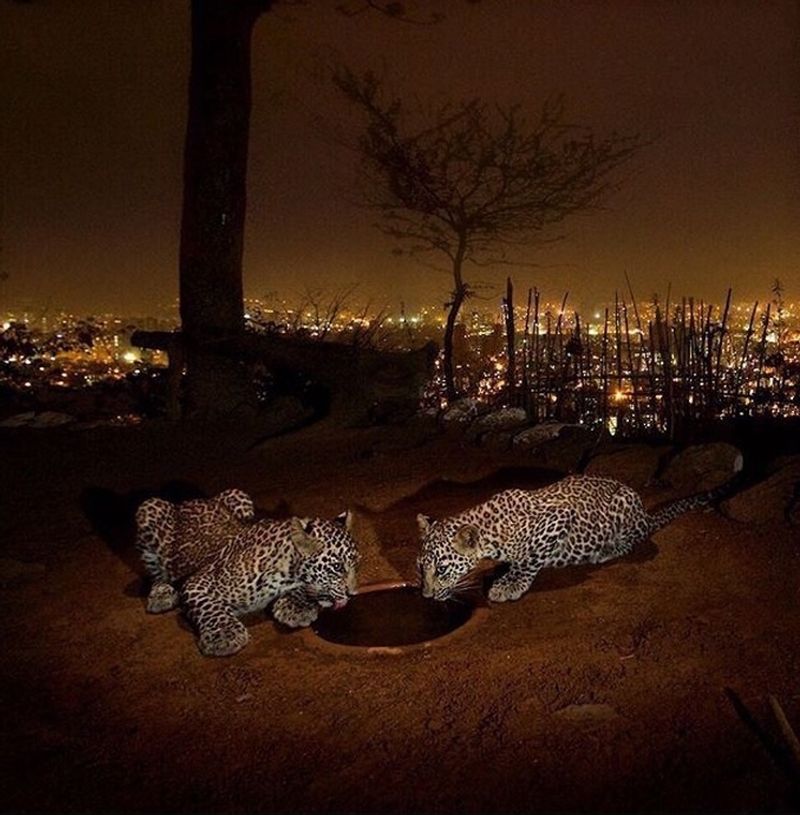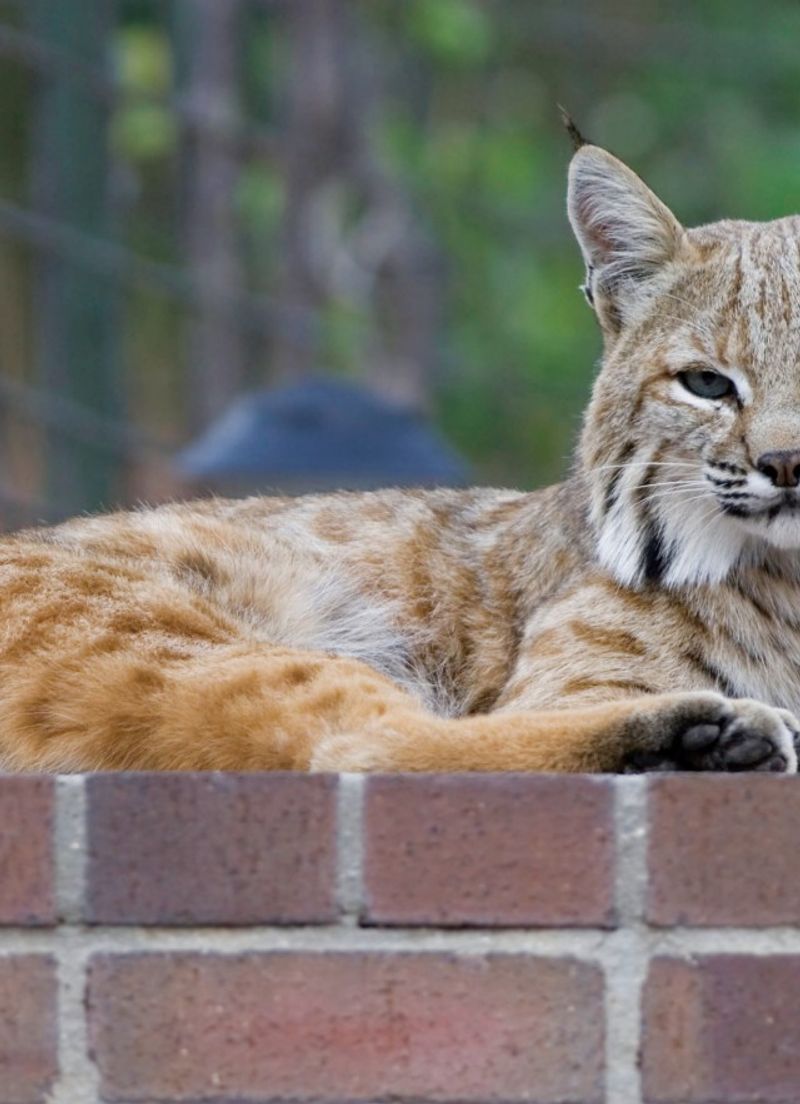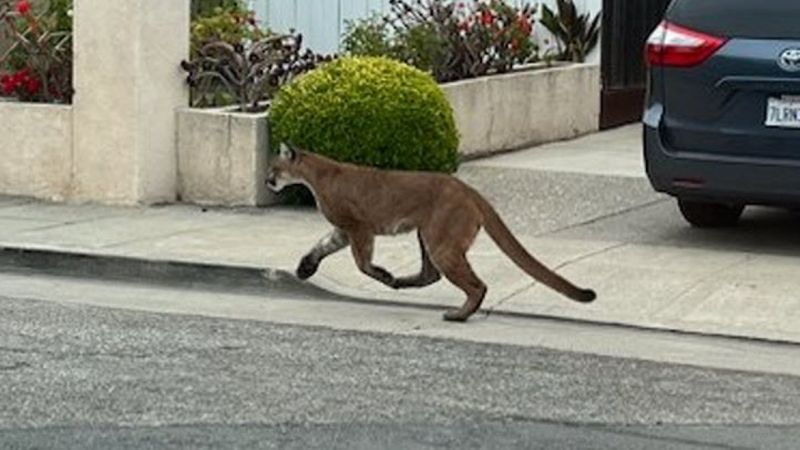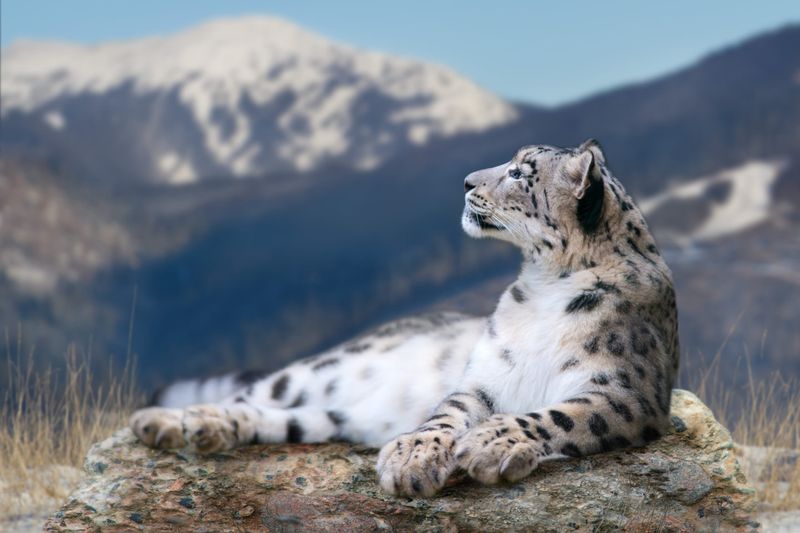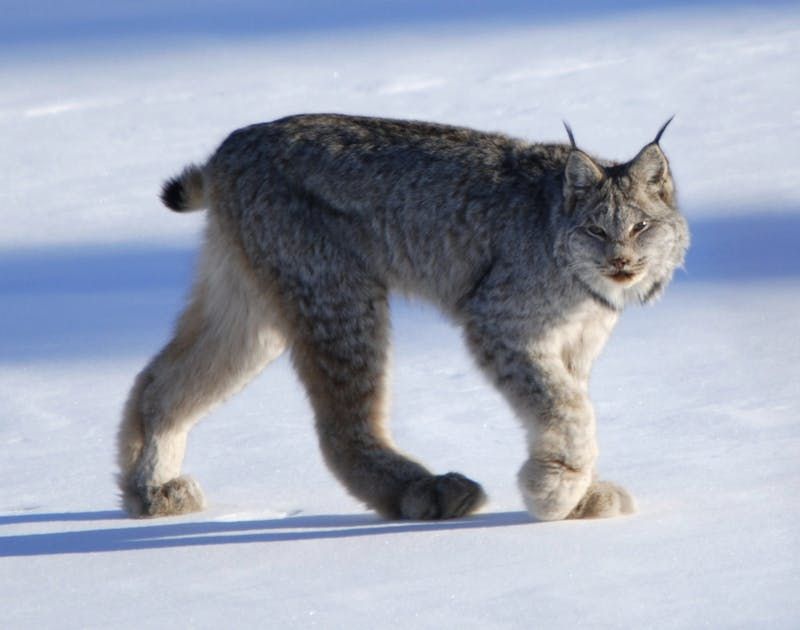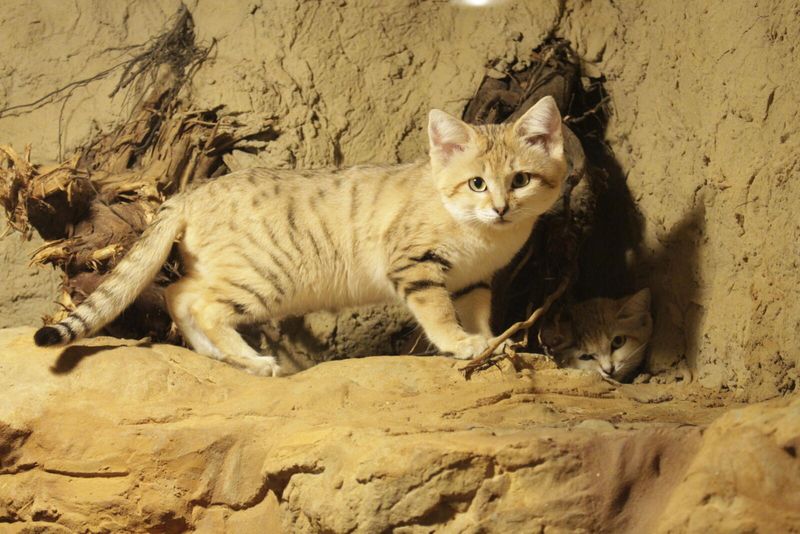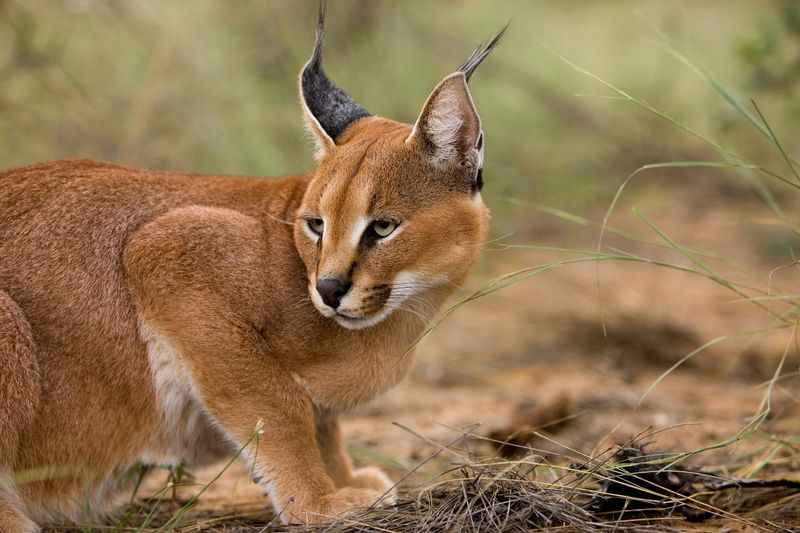📖 Table of Content:
When most people think of wild cats, they imagine dense jungles, remote mountains, or vast savannas teeming with prey. It’s easy to assume that these elusive animals only thrive in untouched wilderness, far removed from human civilization. But the truth is far more surprising—and often, much closer to home.
Across the globe, various species of wild cats have adapted to environments that seem completely unsuitable at first glance. From sprawling metropolises to sun-scorched deserts and icy tundras, these felines have evolved to hunt, hide, and even raise young in landscapes shaped more by concrete or sand than by trees or grass. Their ability to adapt has allowed them to occupy a much broader range of habitats than most people realize.
This article explores nine remarkable wild cats who live in places you’d never expect to find them. Some navigate city streets under the cover of darkness, while others make a life in the cold or heat where survival seems improbable. Each one is a master of its environment, blending the instinctual cunning of a predator with a surprising level of adaptability.
Leopards in Mumbai
Nestled within one of the world’s most crowded cities, leopards live remarkably close to people in Mumbai. Their home range includes the Sanjay Gandhi National Park, where they slip in and out of neighborhoods to hunt. Rather than fear human presence, many have adjusted to it, taking advantage of easy meals like stray dogs and livestock. These leopards often travel through alleys, drainpipes, and abandoned structures. What’s most astonishing is their ability to remain largely undetected despite being powerful predators. Conflicts occasionally occur, but education and local awareness programs have reduced fear and retaliation. In this urban jungle, leopards have become quiet, shadowy neighbors.
Bobcats in Los Angeles
Amid the sprawl of Southern California, bobcats quietly thrive. They use green spaces, parklands, and even drainage channels to traverse the city. Sightings near hiking trails and suburban backyards are not uncommon, especially at dawn or dusk. These medium-sized cats are experts at blending in and avoiding direct contact with people. Wildlife corridors have been instrumental in allowing them to move safely across the fragmented landscape. Scientists tracking them have found they can coexist peacefully, provided there’s enough prey and shelter. In the heart of Hollywood’s hills, the wild still lives.
Mountain Lions in Bay Area
Not far from tech headquarters and commuter highways, mountain lions prowl the hillsides of the Bay Area. Their vast territories often overlap with populated suburbs, though they remain elusive. Trail cameras and GPS collars reveal how frequently they skirt neighborhoods under the cover of darkness. It’s a quiet balancing act between wilderness and urban sprawl. Occasionally, their presence becomes newsworthy when one is spotted on a security camera or near a school. But mostly, they keep to the margins—feeding on deer and quietly maintaining their ancient role. Even in a modern metropolis, the spirit of the wild endures.
Snow Leopards in Himalayas
High in the cold, wind-blasted mountains of the Himalayas, snow leopards endure one of the harshest environments on Earth. Their range spans thousands of miles across Central Asia’s rocky plateaus and alpine slopes. Unlike many large cats, they are solitary and secretive, rarely seen by humans. Their thick fur and powerful build help them survive where oxygen is thin and temperatures plummet. Local herders occasionally catch glimpses of them as they descend in winter in search of food. Conservation efforts now include high-altitude camera traps to better understand their behavior. Here, in the thin air above the clouds, they rule with quiet majesty.
Canadian Lynx in Alaska
Pacing silently through snow-laden forests, the Canadian lynx is perfectly designed for winter. Its massive paws act like natural snowshoes, distributing weight and allowing effortless movement through powder. These cats are closely tied to the populations of snowshoe hares, their primary prey. In years when hare numbers fall, so do lynx numbers, revealing a delicate ecological rhythm. Sightings are rare due to their nocturnal and secretive habits. Dense boreal forests and remote wilderness offer the solitude they prefer. Across Alaska and Canada’s northern realms, their ghostly presence haunts the woods.
Sand Cats in Deserts
Beneath the stars of some of the world’s hottest deserts, sand cats move with silent precision. Their small, compact bodies and large ears help them regulate heat and detect the faintest sounds underground. Unlike many felines, sand cats can live entirely without free water, drawing moisture from the prey they catch. Thick fur on their feet insulates them from scorching sand, and they dig burrows to escape the midday sun. Though they look almost domestic, these cats are fierce hunters of rodents and reptiles. Their rarity makes them hard to study, but occasional sightings confirm they persist in hostile conditions. Hidden in vast dunes, they are the desert’s best-kept secret.
Caracals in Middle East
Leaping up to 10 feet into the air, caracals are among the most athletic wild cats. Their long legs and tufted ears set them apart, and they thrive in scrublands and dry regions where other predators might struggle. Adaptability is their strength—they eat a varied diet and can live far from water sources. These cats are sometimes seen near villages, preying on poultry or rodents. Despite this, they remain elusive and mostly out of sight during the day. Farmers occasionally regard them as pests, but some revere them for their grace and strength. In the margins of deserts and savannas, the caracal rules with agility and stealth.
